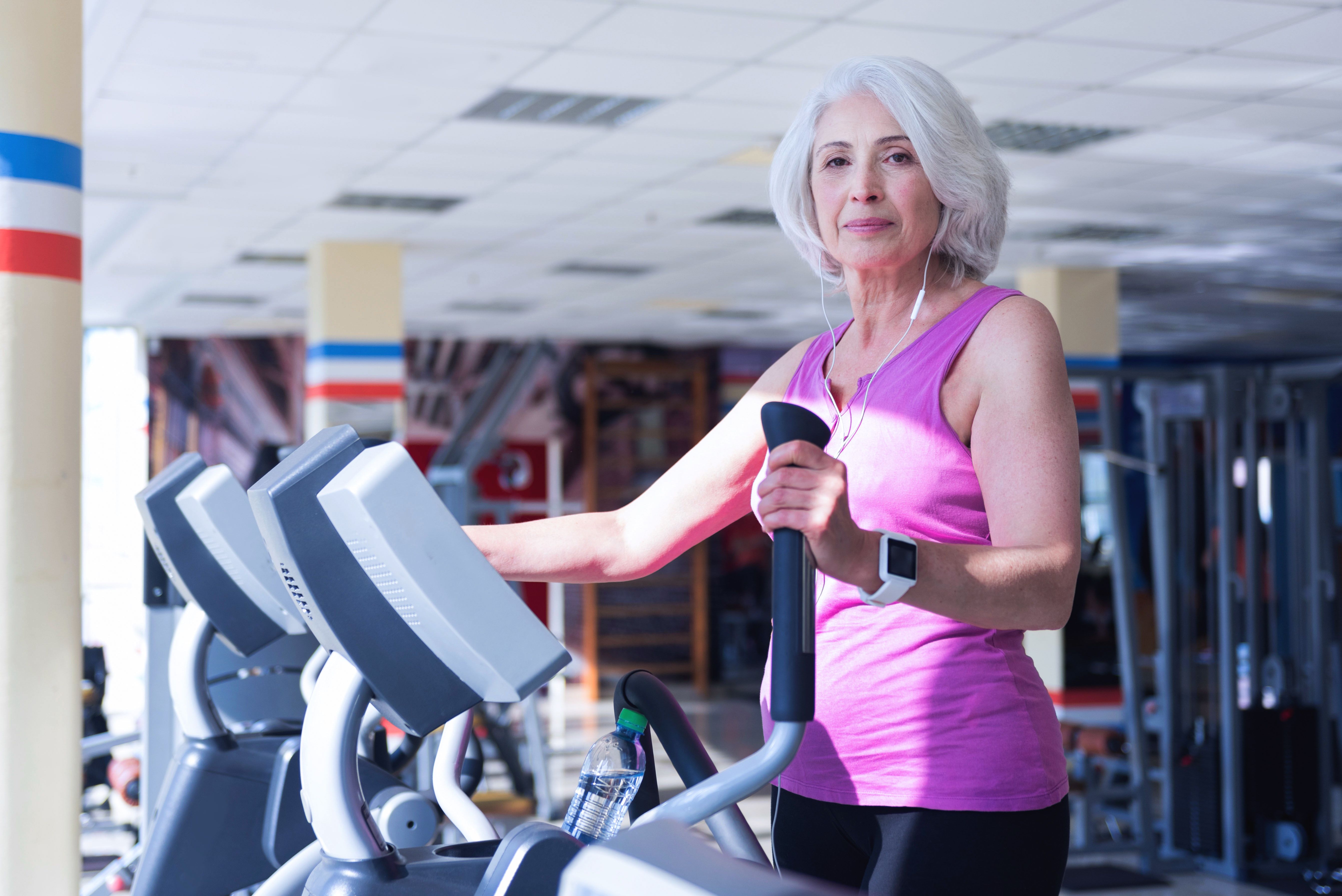Exercise, bone mass and caloric restriction
Physical training can preserve and even significantly bolster bone mass in the hip and femoral neck of individuals under caloric restriction, according to new research.

Physical training can preserve and even significantly bolster bone mass in the hip and femoral neck of individuals under caloric restriction, according to a systematic review and meta-analysis of 13 randomized clinical trials. “It is uncertain if an exercise program reduces the adverse effects of calorie restriction-induced weight loss in adults,” wrote the Iranian authors of their review in Critical Reviews in Food Science and Nutrition.
Methods
To evaluate the differences in bone mass between adults who enrolled in a calorie-restriction-alone (CR) weight loss group versus an exercise plus-calorie-restriction (CR-E) weight loss group, PubMed and Scopus libraries were searched for randomized clinical trials published up though February 2020. The 13 studies selected comprise 852 participants, mostly postmenopausal females, with a mean age of 56.6 years and a mean body mass index (BMI) of 32.5 kg/cm2.
Individuals decreased their caloric intake by 250 to 1500 kcal/day, compared to their pre-restriction total energy intake. Duration of intervention ranged from 12 weeks to 18 months.
Findings
The review found significantly higher body mass density (BMD) at the hip (weighted mean difference [WMD]: 0.03 g/cm2; 95% confidence interval [CI]: 0.01 to 0.04; P < 0.001), femoral neck (WMD: 0.03 g/cm2; 95% CI: 0.01 to 0.05; P < 0.001) and total body bone mineral content (BMC) (WMD: 0.13 kg/cm2; 95% CI: −0.10 to 0.36; P < 0.001) in the CR-E weight loss group compared to the CR weight loss group.
On the other hand, none of the changes in total body BMD (WMD: 0.00 g/cm2; 95% CI: −0.01 to 0.02; P = 0.57) and lumbar spine BMD (WMD: 0.00 g/cm2; 95% CI: −0.01 to 0.01; P= 0.89) were statistically significant.
Dramatic BMD improvements in the hip and femoral neck were particularly noticeable in participants aged 65 or older who engaged in combined exercise training lasting more than 200 days.
Conclusions
The protective effect that an exercise-induced weight loss program has on hip BMD in older adults can prevent or reduce incidence of hip fracture in this population. Although the mechanism by which concurrent exercise training improves BMD is not entirely understood, it is believed that the additional mechanical loading provided by aerobic exercise promotes an osteogenic response in bone.
The underlying mechanism that links age and increased BMD in the hip with exercise is also not well established, but could be due to proinflammatory cytokines and anti-inflammatory cytokines produced mainly by T cells, monocytes, and stromal cells in bone microenvironments. During aging, it is believed that osteoclastogenic-inducing proinflammatory cytokines and hence bone resorption are increased, whereas exercise prevents their production.
This inhibition is mediated especially by estrogen production, while losing body fat protects bones from osteoporosis by reducing proinflammatory cytokine production and increasing transforming growth factor beta in bone. In women, exercise has been demonstrated to have a positive effect on estrogen concentration, but the level of impact largely depends on factors like age, fitness, and intensity of a regular exercise regime.
Two limitations are the inability to evaluate for sex differences and the lack of subgroup analysis based on menopausal status. “Further preliminary studies are required to assess bone quality in response to both calorie restriction and exercise training with reference to different time points, sex differences, hormonal and also adipokines level changes,” the authors concluded.















